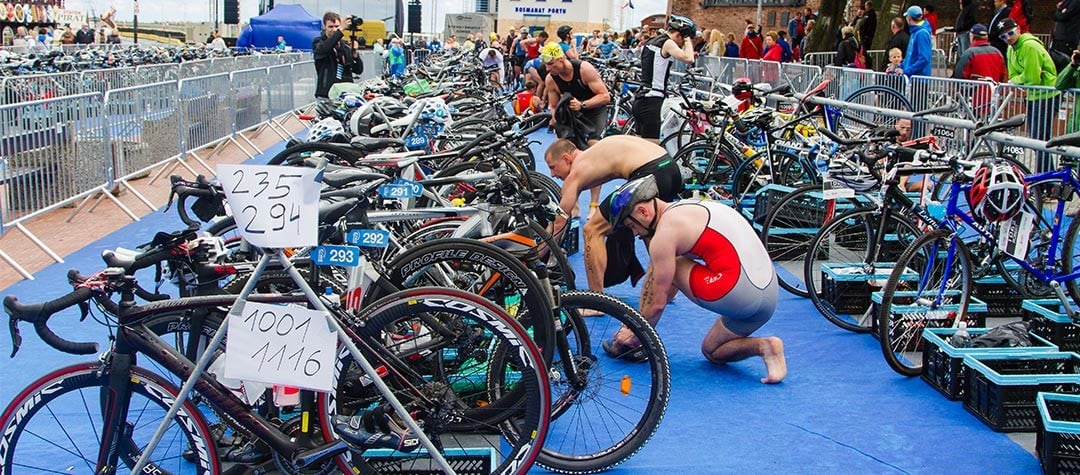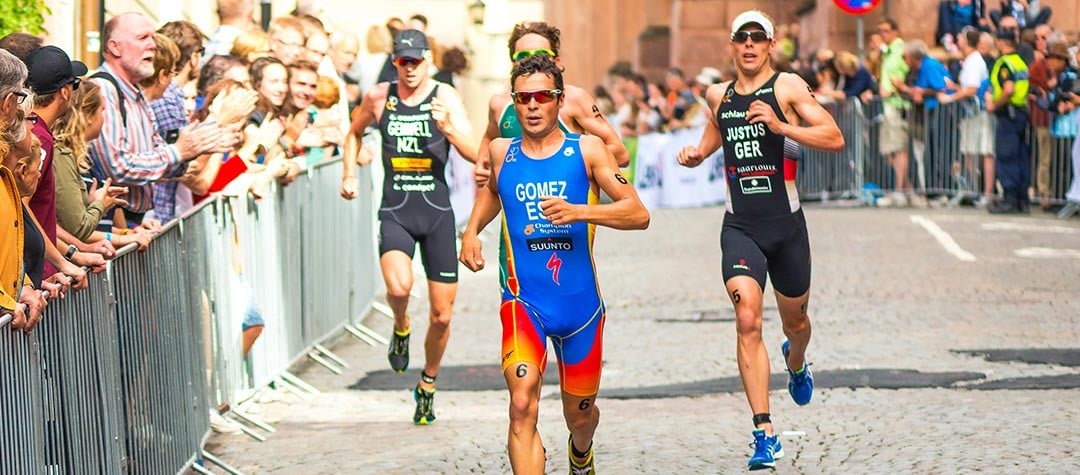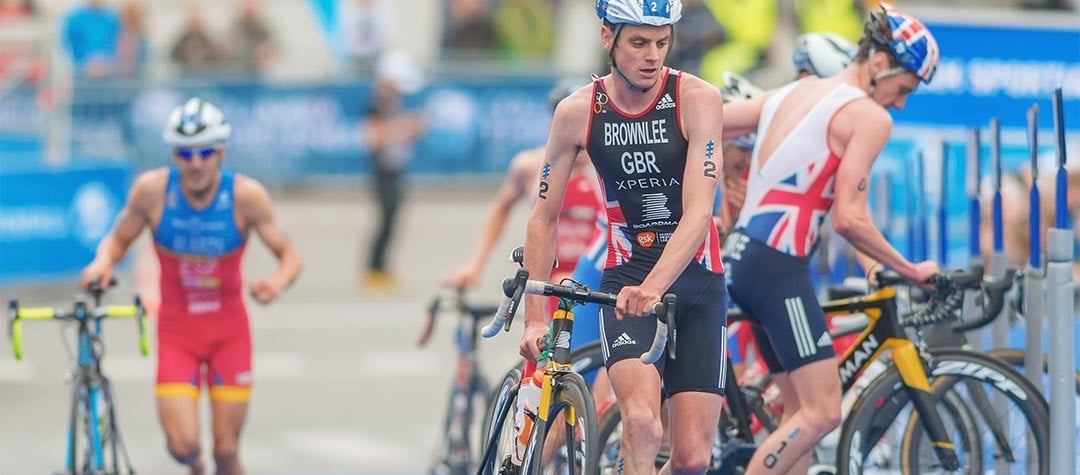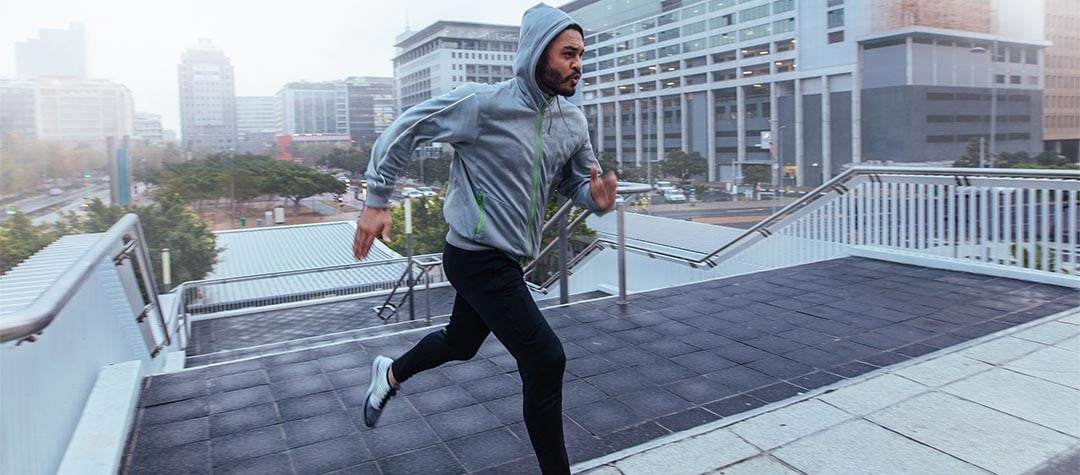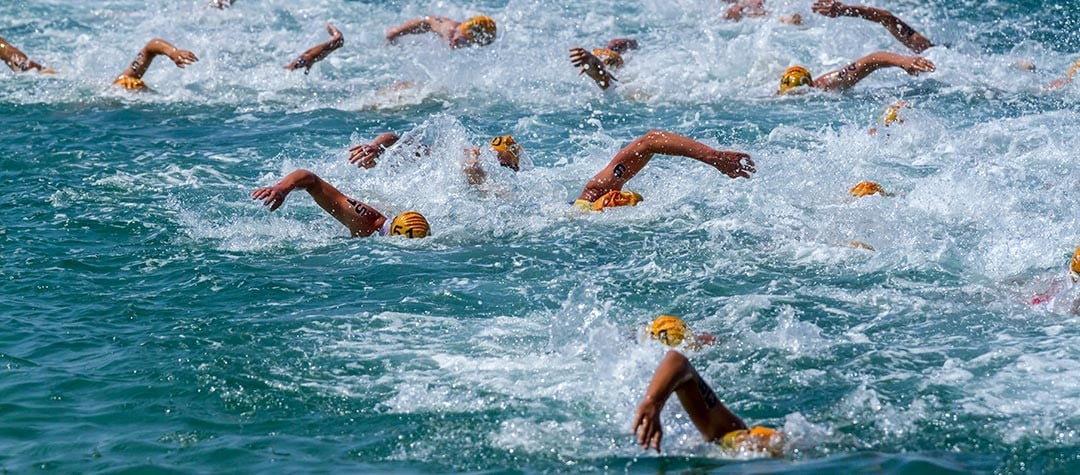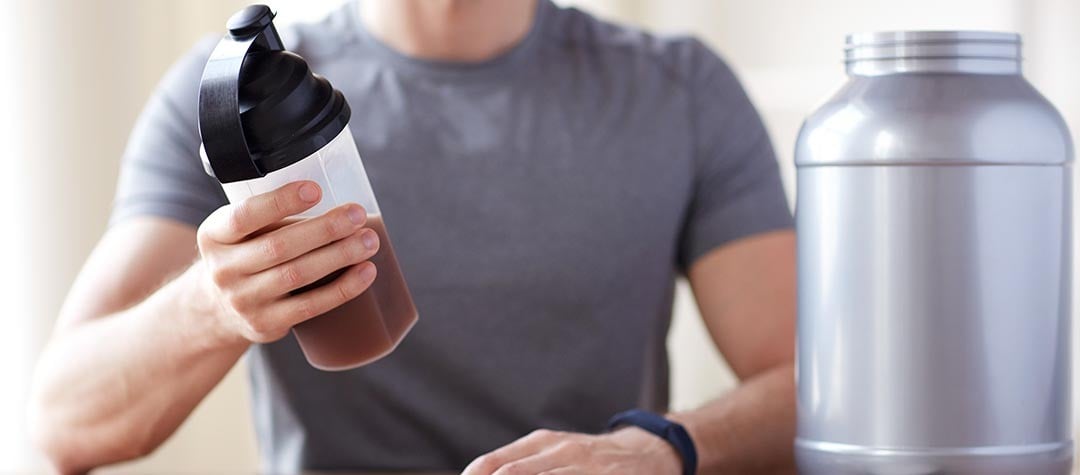Tips to save time and ensure smooth transitions in your triathlon.
Transition is often referred to as the 4th discipline of triathlon. Making the smooth transition between sports can save you minutes and it essentially costs you nothing. Imagine the effort you make to knock a minute off your swim and run times for example. Why go to all that effort when you are only jogging and taking your time through transition?
Preparation for the swim to bike transition
Being organised in your transition layout will go a long way to improving your overall time. I usually spend quite a while in transition laying out my things and getting my bearings. It almost becomes a bit of an art form.
"Make sure the basics are in place; your tyres are pumped to the right pressure, with your drink bottles on board"
First things first, make sure the basics are in place; your tyres are pumped to the right pressure, with your drink bottles on board, and hang your bike up by the saddle facing outwards ready to go. Ideally you will have your bike shoes already clipped into your pedals, straps open and held up by elastic bands so they're out of the way. Your helmet should somehow be on your handlebars with straps facing outwards and sunglasses elastic banded to your handlebar so you can put them on once you are up to speed.
Also attached somewhere on your bike should be your energy gels, so essentially all you're doing once you get to your bike is taking off your wetsuit, putting your helmet on and you're on your way.
Preparation for the bike to run transition
For the bike to run leg it's a similar story. Ideally you'll be skilled enough to leave your bike shoes on the bike, taking your feet out once you're 200m from the end. Your run shoes should be opened out with elastic laces so you can slide your feet in and get going nice and quickly.
One tip while we're at it is to super glue down your inner sole to the base of your shoe. Occasionally it can be difficult to put damp feet into your shoe dislodging the inner sole where it often ends up crunched up at the end of the shoe! I had a friend who had a stress fracture from running 10k with his toes all scrunched up.
Navigating the transition areas
Next up is navigation of the transition area itself. You need to know where your bike actually is, because normally there are hundreds or even in some of the bigger events thousands of bikes all in one area and it can be a bit of a maze trying to find your bike.
"Pick a landmark, perhaps a lamp post or a tree for example, and when you come out the swim make a beeline straight for that point"
Pick a landmark, perhaps a lamp post or a tree for example, and when you come out the swim make a beeline straight for that point! Do a few dry runs as part of your warm up from the entrance to your bike, because you won't believe how much this helps when you do it for real, trust me!
Getting out of the wetsuit
Most open water swims will be in a wetsuit and its removal at the end of the swim can be time consuming for some people. The most obvious advice here would be to make sure you have a suit that fits you properly. It should never be super tight.
As soon as you leave the water start taking the wetsuit off and while you’re running, strip it down to your waist. When you get to the bike take it past your knees and kick it off aggressively by standing on one leg while you pull the other out. I often cut the bottom of the wetsuit off so it slides off that much easier and is less likely to get caught around the ankles.
If you're a real pro you'll be able to put on your helmet while kicking off the wetsuit but with all these things, it's best done at 8/10 speed. It's all very simple really but if you rush it you're not likely to go any faster, in fact you’re more likely to stumble and take ages!
My final advice is to remember that the transition is not recovery time. It's part of the race and there is no reason why you can't run the same speed through transition as you would on the run course. So remember, when you get out the water sprint to your bike. Just doing that will save you a bundle of time!
Picture credit - Milosz_M / Shutterstock.com

